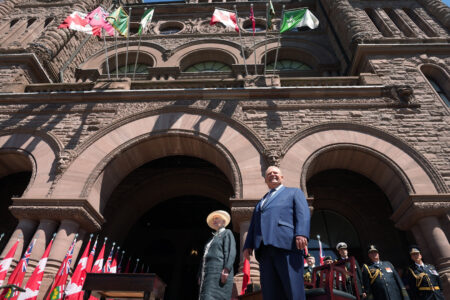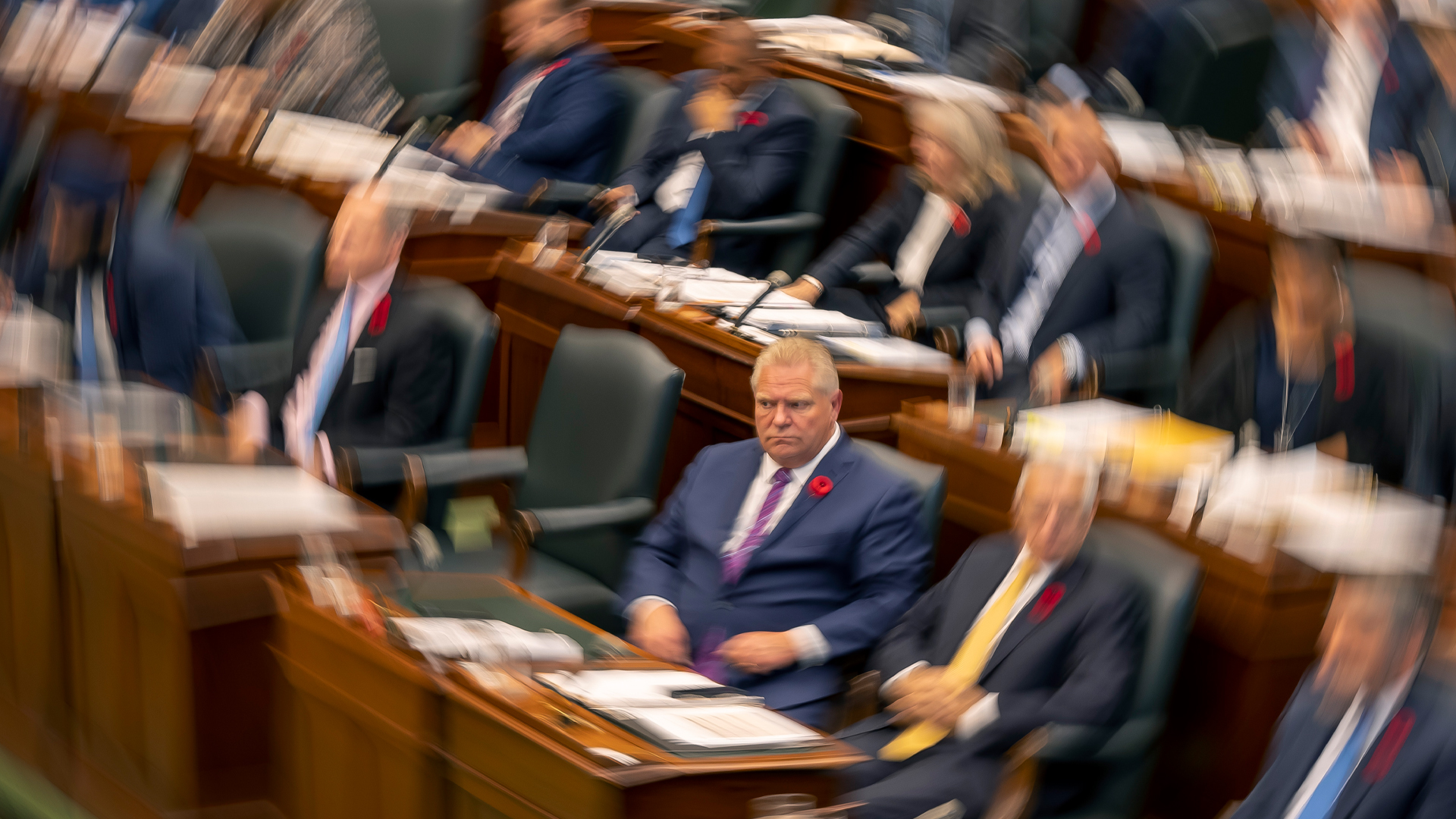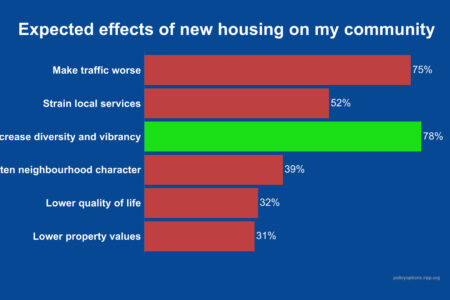
(Version française disponible ici)
Increasing provincial use of the notwithstanding clause in the Canadian Charter of Rights and Freedoms has made headlines recently, although Ontario Premier Doug Ford backtracked dramatically in the latest case. Just days after using the device to shield from Charter challenge a law that banned strikes by a group of education workers, his government repealed that law.
Meanwhile, In Quebec, the appellate court has heard arguments in litigation relating to that province’s secularism law, Bill 21. Lawyers for several groups urged the judges to revise the understanding of what a legislature must do to shield a law from Charter challenge.
In my view, Canada is overdue for a robust public debate about the circumstances in which using the notwithstanding clause is legitimate. I choose my words deliberately. By a legitimate use of this mechanism in our Charter, I mean one that conforms with political morality and is justifiable by sound reasons.
Legitimacy is different from legality. Legality concerns the conditions that a legislature must satisfy for its recourse to the notwithstanding clause to be valid, granting the law in question immunity from the possibility of being struck down for violating rights. The Supreme Court of Canada spoke to those conditions in its Ford v Quebec decision some 35 years ago. It took a formal approach, ruling that it is sufficient if the legislature lists the sections of the Charter from which it is derogating, without any reason or indication of why it does so.
The Court also accepted that a legislature could use the notwithstanding clause pre-emptively, upstream of any constitutional challenge. When the Court announced that approach, it was early in the life of our Charter. Over time, the Court has revised its approach to other matters in constitutional case law. There is no reason to view the Court’s approach from 1988 as immune to similar evolution. But that’s a matter for another day.
Failing to distinguish legitimacy from legality in connection with the notwithstanding clause leads to sterile debates. When people criticize a government for using the notwithstanding clause – changing the rules for elections, as in Ontario, or effectively excluding Muslim women and others who wear religious symbols from holding certain jobs in the public sector, as in Quebec – they often mean that the use is illegitimate. Elected lawmakers and their defenders often reply that the Charter includes the notwithstanding clause, so its use is legal. A reminder that the government was duly elected may follow. In such exchanges, individuals and groups speak past one another, without meaningful engagement, because they focus on different ideas.
Crucially, having authority to do something doesn’t tell us whether that authority has been used wisely or legitimately. We know this in other contexts. In our parliamentary system, the premier may advise the lieutenant-governor to dissolve the legislature and launch a general election. Some exercises of that prerogative appear questionable or unsound. Voters sometimes punish a government for sending them back to the polls too soon after the last election. They may view a bid to capitalize on favourable polls as opportunistic and wasteful, without doubting that it was legal.
We know, too, that the premier can advise the lieutenant-governor to prorogue the legislature. Here again, a legal exercise of power can unleash vigorous debate about whether it was appropriate, justifiable or legitimate. We also know that perfectly legal exercises of the power to appoint individuals to public office can spur fierce debate.
The Charter’s notwithstanding clause was a compromise between the Pierre Trudeau government of the time and most provinces to get all of them, except Quebec, to agree to patriation of the Constitution in 1982. The provinces specifically demanded it so that legislatures, not courts, would have the final say on the operation of laws affecting certain fundamental rights. Forty years later, we still lack a set of conceptual tools for judging a decision by our elected lawmakers for a law to operate despite its disrespecting our fundamental rights and freedoms.
Elsewhere, I’ve identified some factors that might be relevant to the task. I suggested it was worth looking to the reasons why provinces use the notwithstanding clause, including whether they support a vision of the public good or reflect partisan self-interest. In addition, how severe is the impact on the minorities whose protection from majoritarian oppression is the reason we entrenched the Charter? Is the government making rights trade-offs differently from the courts or showing contempt for rights? You might also examine how broad a range of voices was heard during the legislative process.
The notwithstanding clause and the separation of powers
The notwithstanding clause is at the very heart of federalism
Here I’d press the reflection further. The Supreme Court of Canada has listed questions or factors for assessing whether a limit on a Charter right is reasonable and justifiable, under Section 1. Might we fruitfully borrow them in the context of the notwithstanding clause? The framework under Section 1 asks that a law have a pressing and substantial objective. It requires that the legislative means chosen be rationally connected to pursuit of that objective and that they impair rights minimally. Last, it seeks proportionality between the infringement of rights and the objective pursued. When a legislature enacts a law that it thinks may limit rights in a way that courts would view as unreasonable and unjustifiable, wouldn’t it be good to know its thinking on these points?
Let me clarify. I am not arguing that whether use of the notwithstanding clause is legally effective should depend on how a court assesses the government’s responses to these factors. Instead, I’m suggesting that the questions developed by the courts for assessing which limits on rights are reasonable might help other actors in assessing, as a political matter, whether reaching for the notwithstanding clause is legitimate.
A government could be proactive. When introducing legislation shielded by the notwithstanding clause, it could expose its reasoning on these matters for public scrutiny. Indeed, a member of Ontario’s legislature has tabled a bill calling for the attorney general to share the justification for using the notwithstanding clause. If the government is less forthcoming, opposition parties, journalists, scholars, civil society and the public might ask for its reasoning.
There may be other things relevant to assessing the legitimacy of use of the notwithstanding clause. But the questions and factors set out here may provide a good start.
As I have argued with Eric Mendelsohn, the electorate has a crucial oversight role to play in judging each use of the notwithstanding clause. We see that in the fact that each use of the device lasts at most five years, the maximum time between general elections. Especially as our lawmakers reach for the notwithstanding clause with increasing frequency, we need to talk more about how the public can meaningfully exercise that oversight, developing better tools for it to do so.








